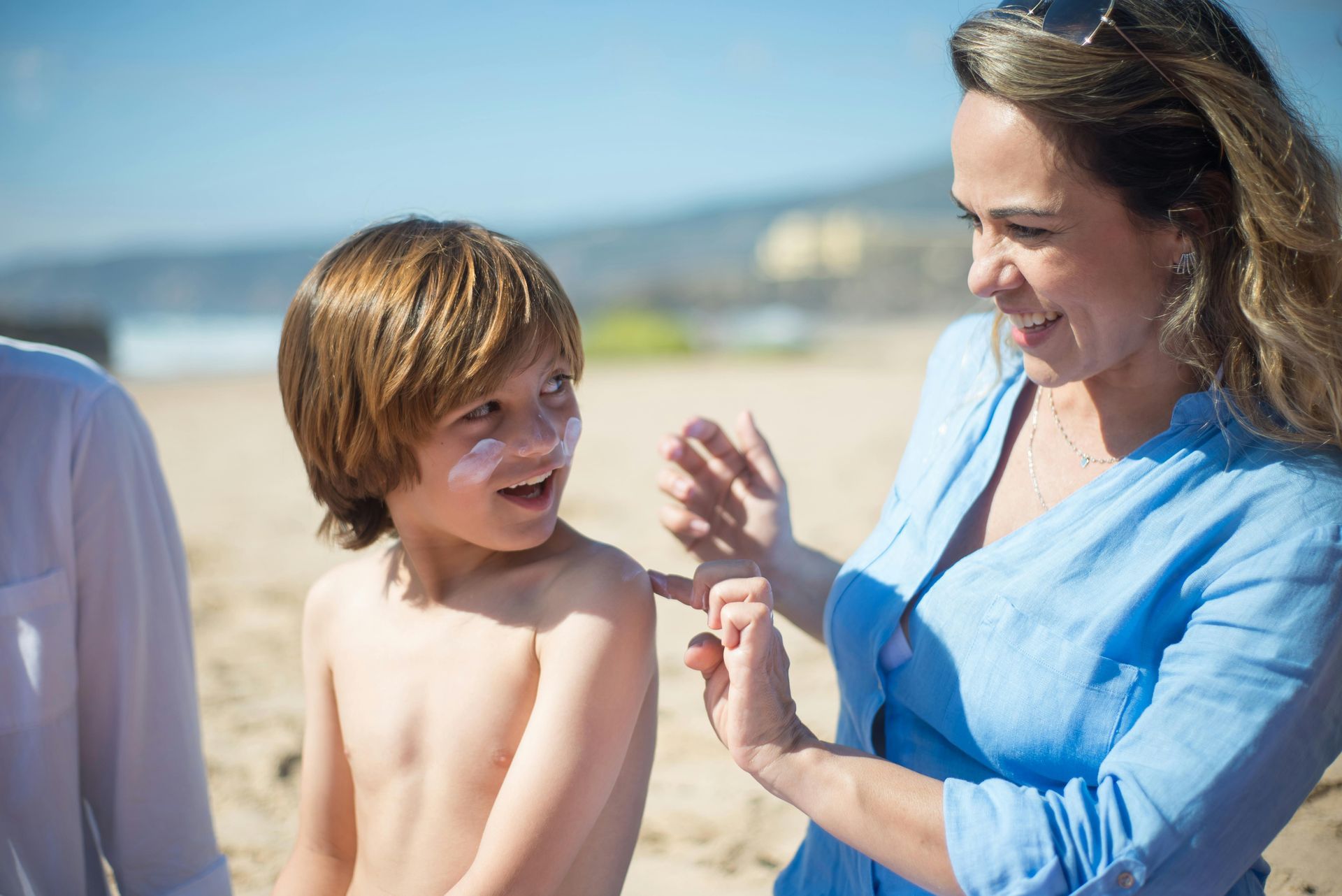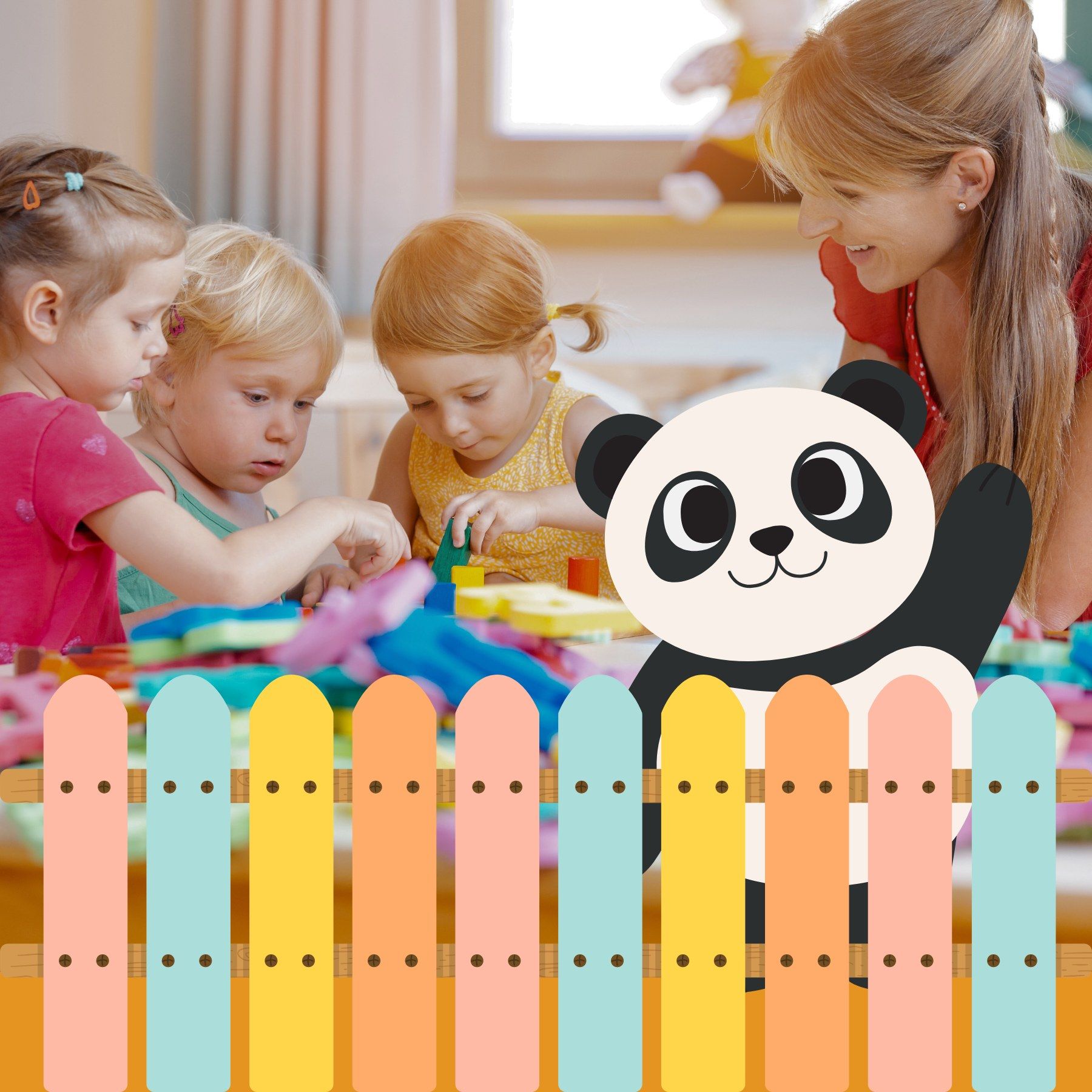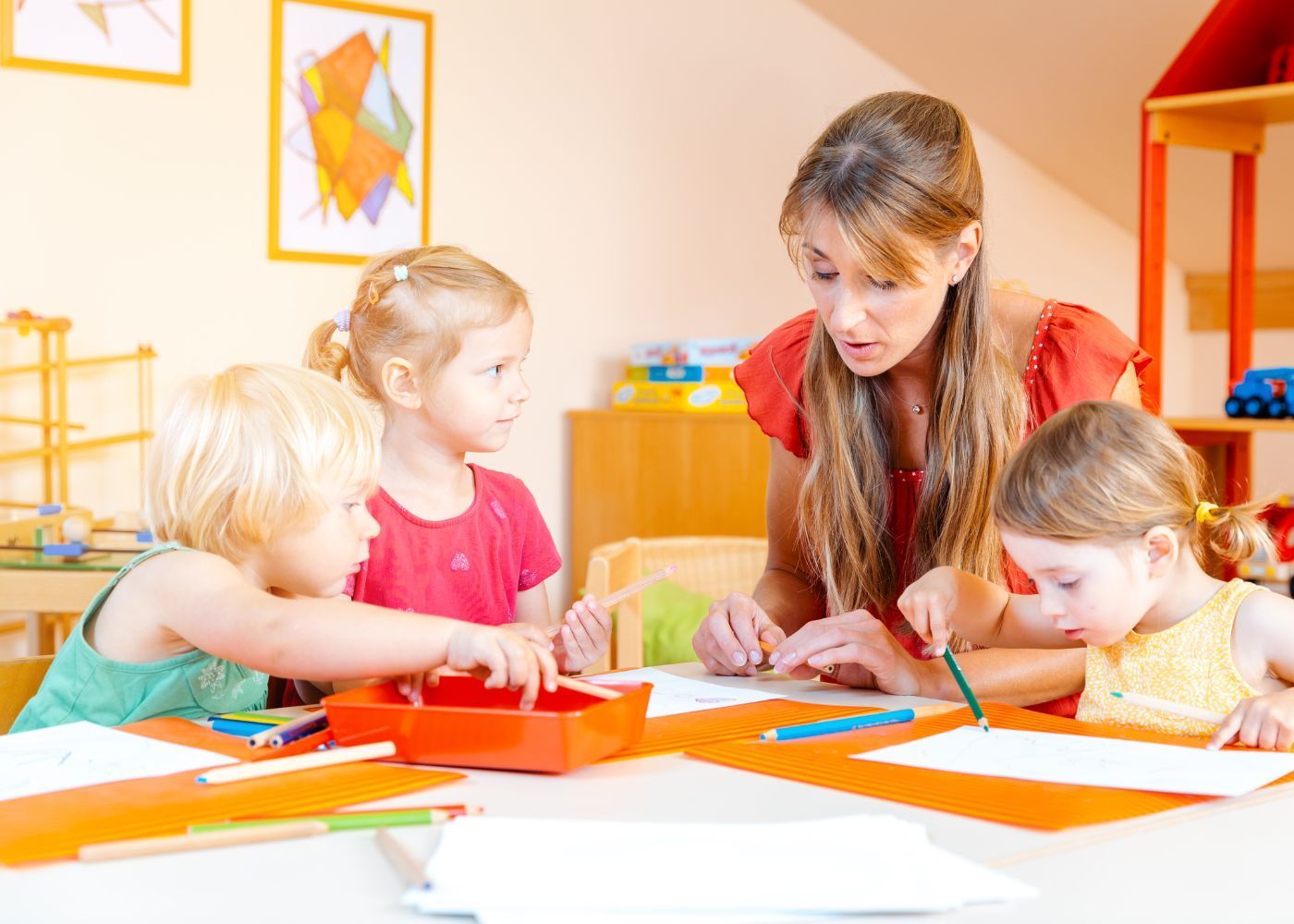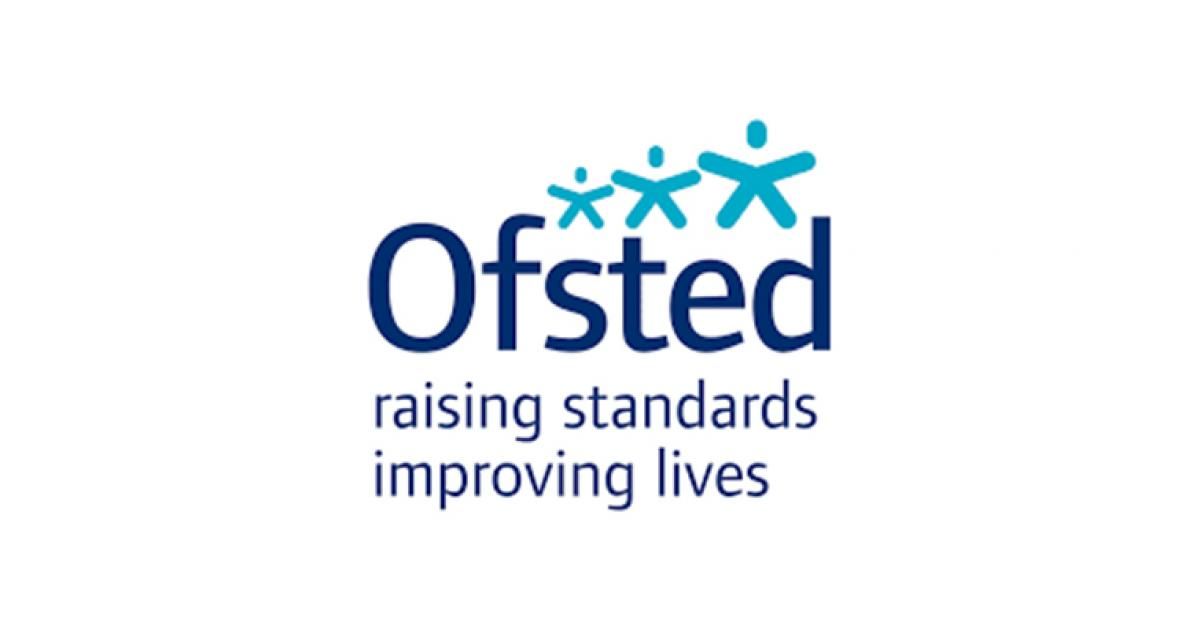Potty Training: A Positive Step Towards Independence
Supportive, simple steps to help your child gain confidence and independence with toilet training.
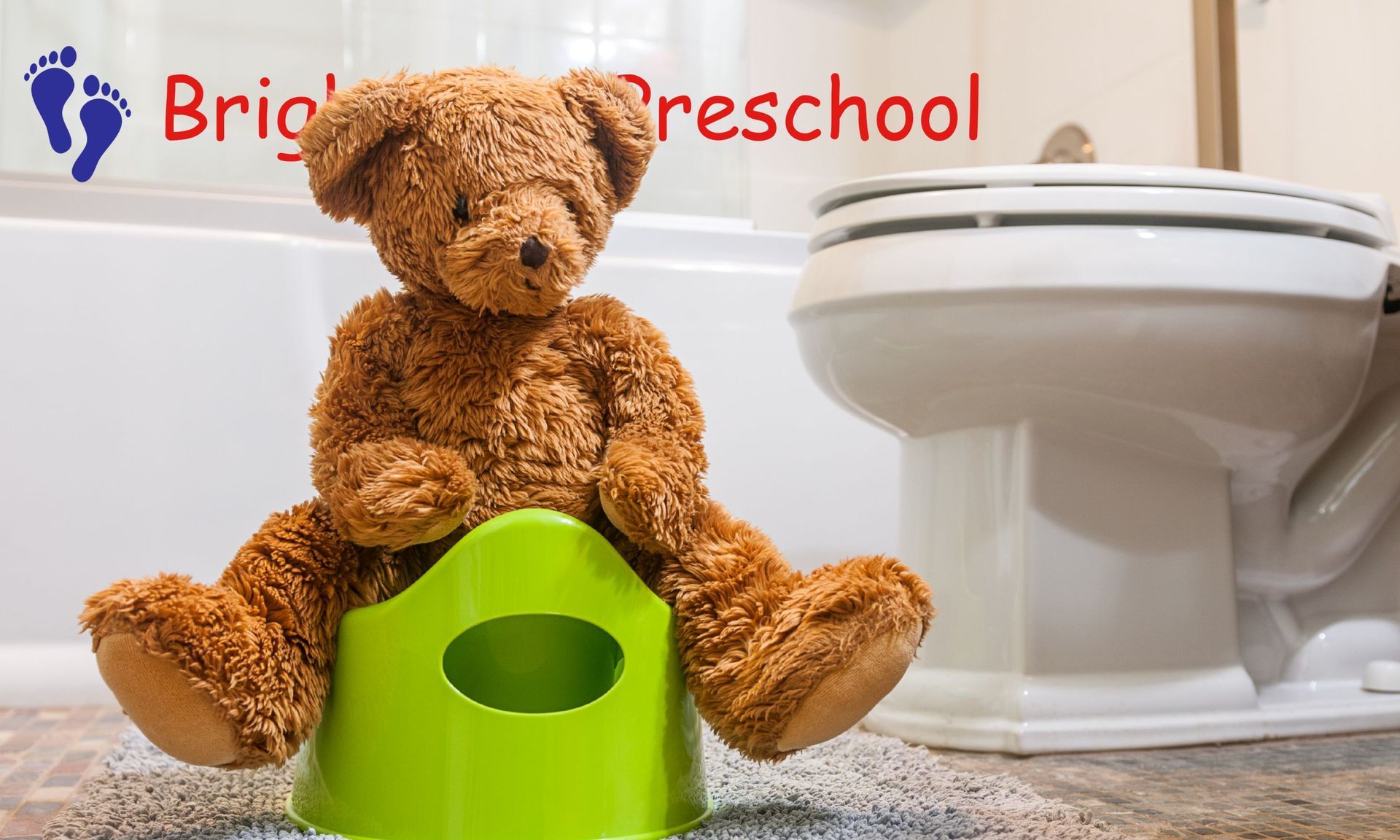
- Look for signs your child is ready before starting.
- Choose a calm time in your routine to begin.
- Create a fun, consistent potty routine with lots of praise.
- Be patient—accidents are a normal part of learning.
- Encourage good hygiene habits from the start.
Toilet training is a significant milestone in your child’s early development—and for many families, it can feel like a big step! At Brighstone Preschool, we understand that this process is different for every child, and we’re here to support you through it with encouragement, patience, and practical advice.
Here are our top tips to help make the potty training journey a little smoother for you and your little one:
1. Spot the Signs of Readiness
Before diving in, it’s helpful to watch for signs that your child might be ready. These can include:
- Showing curiosity about the toilet
- Staying dry for longer stretches
- Expressing discomfort with wet or dirty nappies
- Letting you know when they need changing
These cues are often your child’s way of saying, “I’m ready to try!”
2. Choose the Right Time
Try to begin potty training when life feels calm and routine. Avoid starting during major changes, like moving house or welcoming a new sibling, as this can make the process more challenging for your child.
3. Make It Friendly and Fun
Whether you use a potty chair or a toddler seat on the regular toilet, let your child explore it at their own pace. Reading stories about potty training or having a teddy practise first can turn the experience into a fun and familiar part of the day.
4. Create a Routine
Children thrive on routine. Gently encourage your child to sit on the potty at regular times—perhaps after meals or before bedtime. This helps build consistency and confidence.
5. Offer Encouragement
Celebrate the small wins! Whether your child uses the potty successfully or simply tries, praise their effort. Positive reinforcement goes a long way in building their self-esteem.
6. Be a Role Model
If appropriate, let your child see siblings or parents using the toilet. Children often learn best through watching and copying—it's all part of understanding how things work.
7. Embrace Accidents
Mistakes are completely normal. Stay calm, reassure your child, and remind them it’s all part of learning. Your patience and understanding will help them feel secure and supported.
8. Dress for Success
Clothes that are easy to pull down make a big difference. Avoid fiddly buttons or zips while your child is learning, so they can feel more independent and in control.
9. Stay Consistent
Stick with your approach, even when progress seems slow. Consistency in your responses helps your child know what to expect—and builds trust along the way.
10. Encourage Good Hygiene
Teaching your child to wash their hands after using the toilet sets healthy habits for life. Make it a fun part of the routine with songs or bubbles!
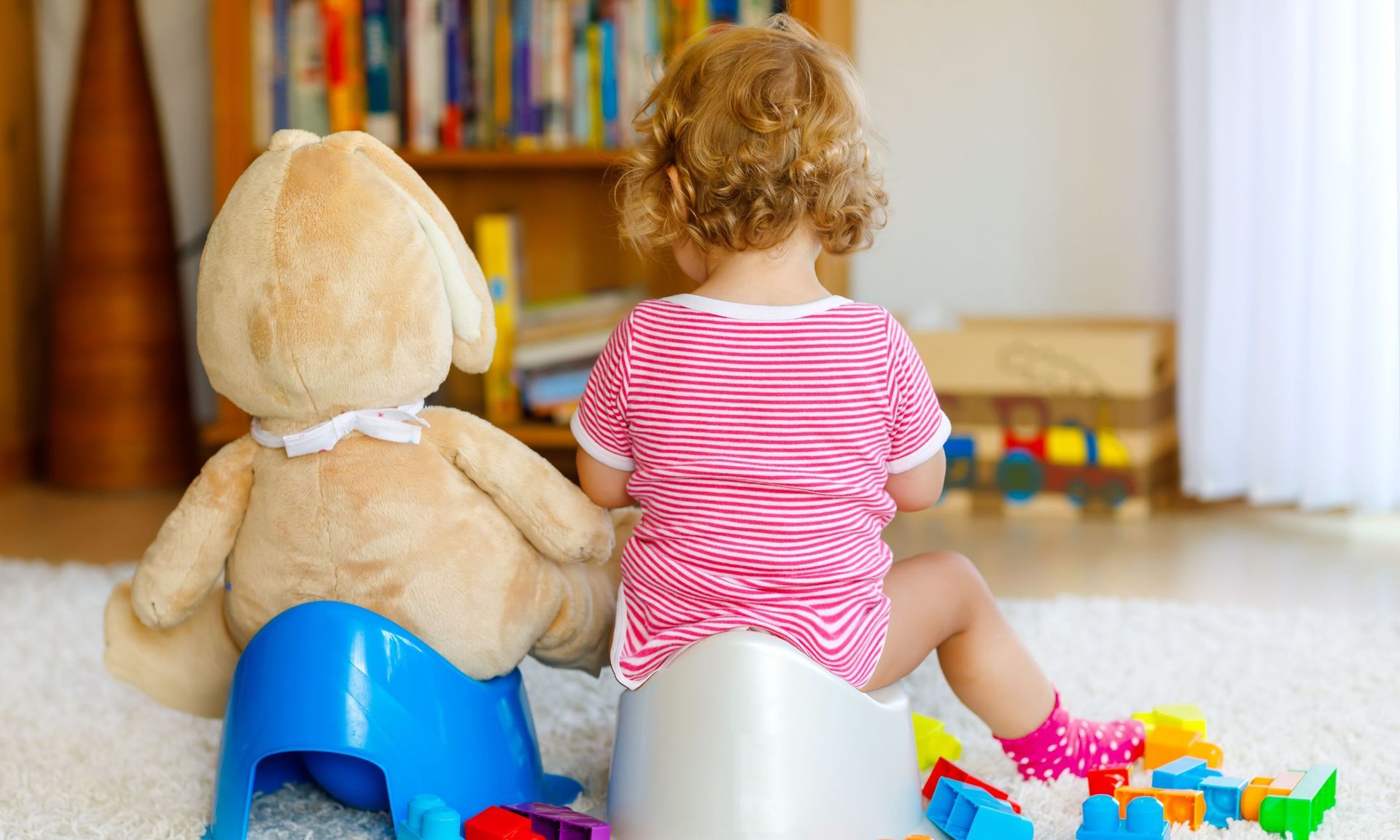
Every Child Is Unique
It’s important to remember that there’s no one-size-fits-all when it comes to potty training. Some children take to it quickly, while others need a bit more time—and that’s okay. The most important thing is to go at your child’s pace, with lots of love and support.
For further guidance and helpful resources, we recommend visiting ERIC, The Children’s Bowel and Bladder Charity, which offers expert advice and reassurance for parents.
You're not alone on this journey—our team at Brighstone Preschool is always here to help. Whether you have questions or just need a bit of encouragement, we’re only a chat away.
Good luck—and don’t forget to celebrate the little victories!
Share this news article






